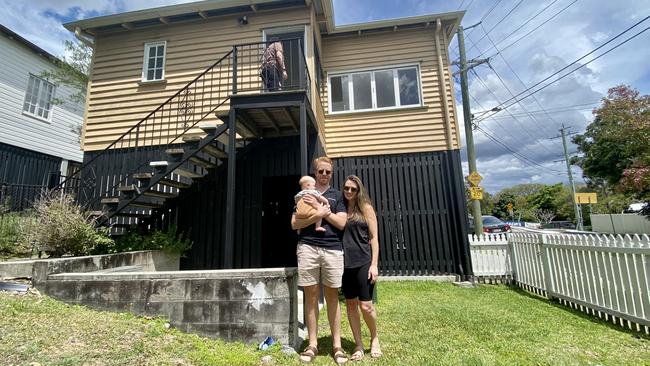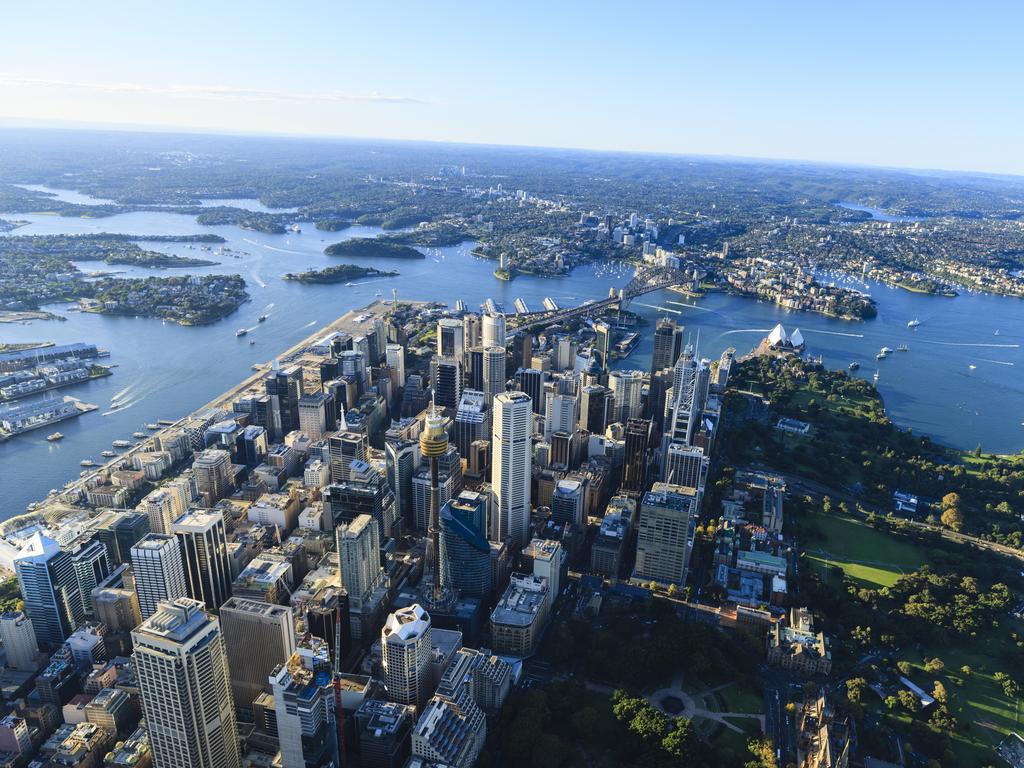Australians living in ‘unaffordable’ rental properties as stress levels rise
Businesses take matters into their own hands as the impacts of unaffordable housing are felt far and wide.

Just under one-third (30 per cent) of all Australian households are renting. While some folks prefer to rent for lifestyle reasons, most renters would probably buy a house if they could afford to do so.
So, how affordable is renting these days? It can be measured by analysing what share of a household’s income is used for rental payments. If a household pays more than 30 per cent of its total income on rent, that is considered to be unaffordable.
The data we use here comes from the 2021 Census and gives a snapshot of the housing affordability as of August 2021. Rents have gone up faster than wages since then, so just imagine everything to be a bit worse 14 months later.
Of the 3.1 million rental households, 35 per cent are, according to above calculations, living in unaffordable housing.
Where is the situation the worst, and why should you worry about unaffordable rents, especially if you are a homeowner yourself? Empathy and compassion? Sure, however, even just looking at this from an economic perspective, the issue needs fixing.

Research by The Grattan Institute showed how renters are much more likely to suffer from poverty in old age.
As a society, poverty in old age is very costly as taxpayers will subsidise their retirement through the pension scheme.
Home ownership makes poverty in old age very unlikely. Ensuring more people own their home is healthy for the federal budget in the long term. If people don’t own their home, then it is better if they aren’t suffering from rental stress so they at least have a fighting chance to put money aside for their retirement.
In NSW, 39 per cent of renters live in technically unaffordable housing. That’s twice as high as in the NT (20 per cent).
Diving one level of geography deeper and analysing the capital cities, we see that Hobart (39 per cent), Sydney (38 per cent), and Adelaide (34 per cent) feature the most unaffordable rentals. In Darwin (23 per cent) and Canberra (25 per cent), the situation isn’t quite as dire – at least not yet. The other capitals all sit at 34 per cent.

Within each capital city the same picture emerges. Central areas have fewer households in rental stress (32 per cent) compared to inner-suburbia (34 per cent) and outer-suburbia (37 per cent). The urban fringe is the least affordable area (39 per cent).
But doesn’t the urban fringe offer the cheapest rentals within each capital city? It certainly does, however, as we continue to segregate the rich and the poor geographically, we push the lowest income earners to the farthest reaches of our big cities.
What to make of this data? Let’s say you run a business in an area with terribly low rental affordability. Let’s say your business relies on low-income staff – a cafe, a hotel, or a retail outlet, for example. Let’s say you operate in Mullumbimby (60 per cent) or Noosaville (58 per cent).
Rentals are hard to come by, if they are available at all. The ones that are available are freakishly expensive for your potential employees. Why would any low-income worker choose to relocate to an area that doesn’t provide affordable rentals?
They don’t, and they won’t.
Businesses in unaffordable areas only manage to attract some new staff because housing tends to be equally unaffordable in surrounding areas, too. As soon as an area manages to add affordable rental stock, businesses in the area will have their skills shortage problems solved as low-income earners from nearby would migrate there.
Locally, the skills shortage and the rental affordability crisis need to be tackled in unison. How could this be achieved? Probably the most obvious lever is to increase supply. Let’s just build more stock. But it isn’t that easy.
First we need to convince councils to make enough land available, and to adjust zoning. Then we need to find a developer willing to build housing targeting the bottom end of the market.
Currently, land is expensive, building costs are high, and builders are hard to find. Why would any builder, any developer, choose, in such a hard market, to operate on the low-cost, low-margin end of the spectrum?

Maybe, just maybe, adding stock at the top end will soften prices at the bottom end.
Overall, the free market can’t be expected to massively increase the rental stock for low-income earners anytime soon. In theory, a publicly owned housing developer could add affordable rental stock at scale. Land would be essentially for free, taxes aren’t an issue, and they wouldn’t need to make a profit.
Maybe the government run by a man who was brought up in social housing will soon make a serious push to add housing for low-income earners.
As neither the free market nor the public sector can solve the issue at the moment, it is employers who are taking action.
The InterContinental Hotel in Sorrento (where some 46 per cent of rentals are unaffordable, but, most importantly none are available), for example, plans to revamp a rundown local aged care home into staff accommodation. I’ve spoken to a big software company that purchased a few houses for their staff, a regional hotel that gives a third of its rooms to staff, farmers who built houses for their staff, and countless other businesses that are now investing in property.
Businesses can get finance for such developments easily, they look good on a balance sheet, and they help the business to tackle the skills shortage. I’m considering this “titans of industry” approach to the rental affordability crisis to be the safest way that businesses in difficult markets can attract low-income staff.
Simon Kuestenmacher is the director of research at The Demographics Group








To join the conversation, please log in. Don't have an account? Register
Join the conversation, you are commenting as Logout